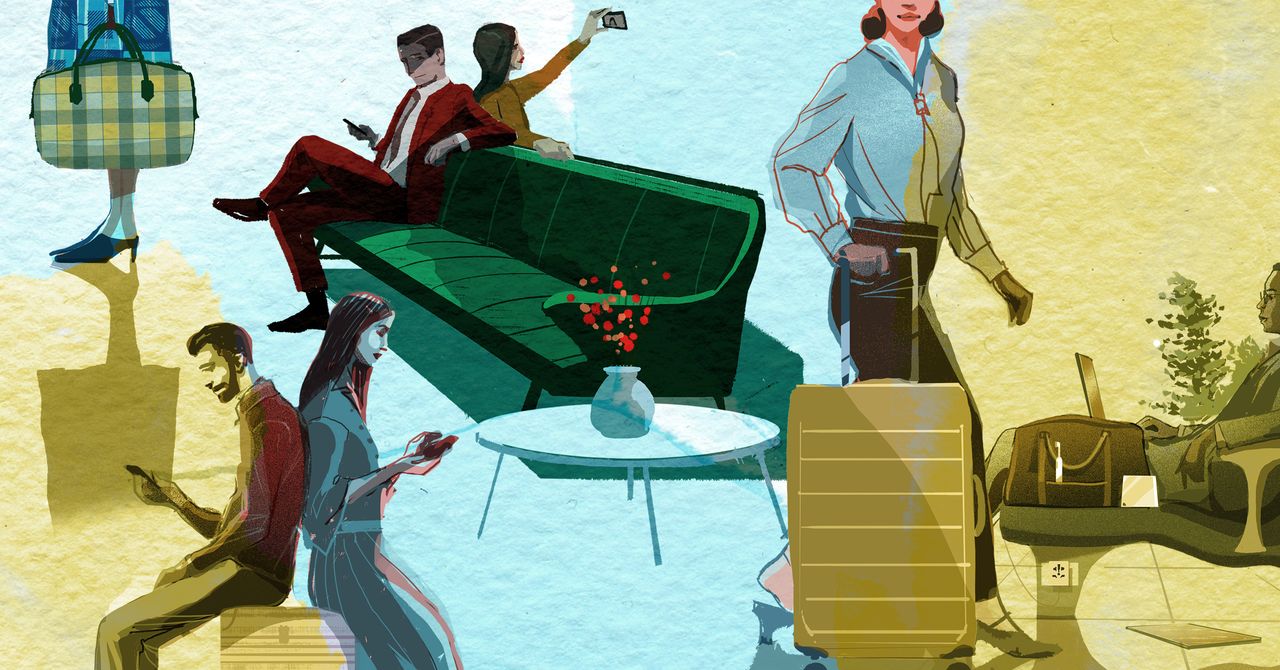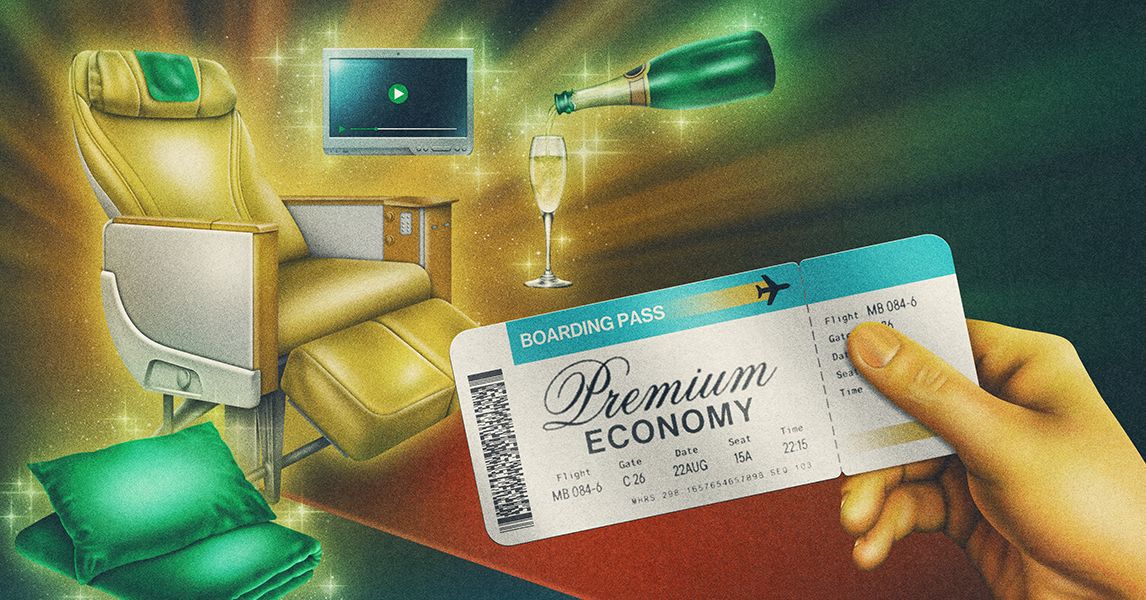It might feel like a distant memory, but in 2020 the Covid-19 pandemic radically transformed how people lived, and specifically how they worked. At the time, plenty of health experts, CEOs, and publications (including WIRED) predicted that Covid would grind business travel to a halt indefinitely. If our day-to-day tasks and meetings could happen using Zoom, Slack, and other online tools, the logic went, then why not apply that same digital-first philosophy to work trips?
But near the end of that year, Sara Nelson, the international president of the Association of Flight Attendants-CWA, AFL-CIO, and a career United Airlines flight attendant, offered a prediction that proved prescient. “The virtual meetings have connected people in a new way,” she said, “but what we have seen in the travel industry is that the more people are connected by technology, the more they want to travel—because people naturally want to be together. And if you think businesses are going to say ‘Oh, we don’t have to pay those expenses, we don’t have to pay for those plane tickets and hotel rooms’—the first time somebody gets a deal because they went personally, it all snaps back again.”
Sure enough, once vaccines became widely available and the threat subsided, company executives started calling workers back to the office in droves. They also began shelling out for those employees to get back into the air. According to a 2024 report from the World Travel & Tourism Council, global business travel has now surpassed pre-pandemic levels and was estimated to account for $1.5 trillion in spending last year alone.
That’s why airlines now find themselves in an apparent arms race to offer the most glittering airport lounges (see, for instance, the first-ever Delta One lounge, which opened last year at JFK) and new business-class in-flight amenities (privacy doors; hyper-personalized service). At the same time, experience-craving millennials, eager to flex their spending power, created a boom in “bleisure” travel—extended trips that combine business and leisure. With that comes an increasing awareness that business travel can also be a social pursuit and conduit for personal growth.
Business travel’s bounce-back also brings with it unprecedented technological innovation. Airplane Wi-Fi, once more of an unreliable punch line than an actual service, now works remarkably well. (Whether you use it to catch up on work or stream TikToks for hours, as one of us may have done on a recent business trip, is ultimately up to you). Airlines and tech companies are also taking advantage of advances in generative AI, supplementing everything from customer service to expense report software with tools that can provide faster answers or automate some of the drudgery inherent in a business trip. One day in the near future, AI may even book and manage your entire itinerary, tailoring its decisions based on your personal preferences and keeping you apprised of any last-minute changes.
Consider this package a primer on where you can expect business travel to take you in the years to come. The teams of WIRED and Condé Nast Traveler have pooled their collective expertise to bring you thoughtful, deeply reported stories on everything from multiday commutes to the tech that keeps planes in the air on the world’s longest flights. We also answer all your questions about how to do business travel better, from maximizing your hotel points to managing your expenses and, of course, the best luggage and gear to buy before your next trip. Business travel, like the world itself, might be moving fast, but a little well-curated information from the teams who know it best is all you need to be a master of the skies.












